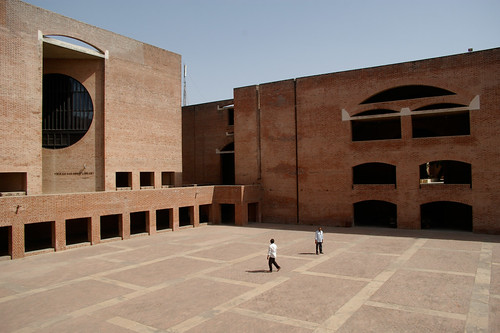Reverse Bata Pricing
April 25, 2011 Leave a comment
We all know about Bata pricing
Marketers call it ‘Bata Pricing’, paying homage to the company that invented it and refined it to a fine art… Introduced nearly three decades ago when shoe-major Bata priced its shelf-star ‘Hawai’ chappals at Rs 39.99, this marketing mantra has outlived all the rules of the retail game except Kotler’s 4Ps. And is still going strong.
There are several arguments to justify the use of Bata Pricing. One theory is that customers believe that an odd-price is indicative of a low or fair price. Another popular theory is that a price of 99.99 is viewed as less than 100 – and is therefore more attractive.
But what about the opposite pricing strategy where a brand takes prices beyond a psychological threshold – and thereby sets the stage for future price increases without any major customer resistance.
Like the case of the Delhi-Gurgaon expressway which increased prices from Rs 20 to 21 earlier this month – causing immense customer dis-satisfaction – not because of the price increase, but because of the coinage issues. You can almost visualise the relief on customers’ faces when the price eventually moves to Rs 30!
The difference between Rs 99 and 101 is negligible – but the perception gap and the consequent expectations may be significant. Is this an under-exploited, or under-documented pricing strategy?

Comments